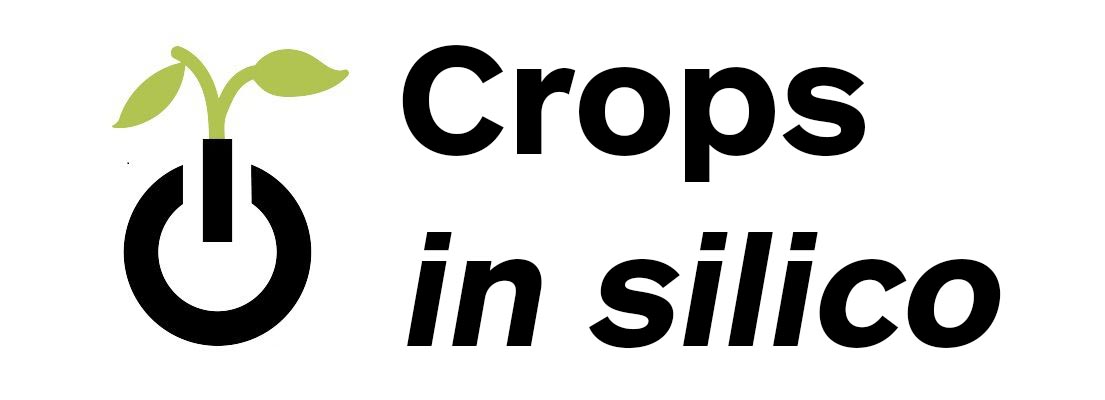
5th Annual Crops in silico Symposium & Hackathon
Keynote: 11 a.m. June 8
Symposium: 8 a.m.-noon June 8-9
Hackathon: 1-5 p.m. June 10
All times listed are CDT
Symposium & Hackathon Agenda
ABOUT THE SYMPOSIUM & HACKATHON
The Symposium
On June 8-10, 2021, the Crops in silico organizing committee brought together international experts from computer sciences, mathematics, and plant sciences developing and using plant computational models to exchange information on the rapidly expanding advances, opportunities for collaboration, and challenges for achieving in silico crops. More than 130 registrants were invited to focus on recent improvements and applications of plant simulation models and associated software and computational tools that facilitate comparisons between models and opportunities for sharing and integration. Each session on Zoom involved 60-70 participants.
Crops in silico (Cis) envisions a digital representation of layered dynamic sub-models, reaching from gene networks and metabolic pathways through to cellular organization, tissue and organ development, and resource capture in dynamic competitive environments, and allowing a mechanistic simulation of the plant or community of plants in silico.
The Hackathon
This event focused on further lowering the barriers to collaborate on model integration within the Crops in silico community. It consisted of short tutorials alternating with practical exercise that will guide participants through model integration using the Crops in silico framework, which enables communication, orchestration, and transformation. Additionally, Cis team member and event organizer Meagan Lang provided updates about the latest version of yggdrasil, a Python package for integrating computational models across languages and scales.
Computer programmers, software developers, interface designers, and plant biologists worked side-by-side during this hands-on event. Only basic knowledge of coding and version control will be necessary. Cis offered an optional pre-conference Software Carpentry Workshop on June 3-4 to help prepare participants for the Hackathon.

EVENT VIDEOS
KEYNOTE
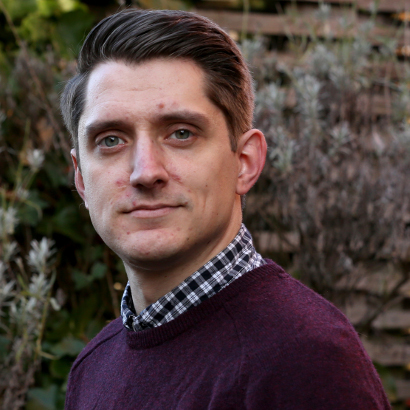
Michael Pound
Nottingham Research Fellow in Computer Vision, University of Nottingham, UK
“Data-Hungry Models: Deep Learning of Phenotypes in Crop Plants”
Bio: Pound is a computer scientist whose research focuses on the development of novel computer vision techniques. Within the Beacon, he is working with bioscientists to apply these computer vision techniques to plant phenotyping, providing accurate measurement of 2D and 3D shape information of plants. The bioscientists can use this information to explain the underlying mechanisms for how plants grow. Pound has developed tools that allow biologists to measure plant root systems. These have been adopted by researchers all over the world.
INVITED SPEAKERS

Rea Antoniou-Kourounioti
Department of Computational and Systems Biology, John Innes Centre
“Modeling How Plants Sense and Remember Winter”
Bio: Antoniou-Kourounioti is a Postdoctoral Scientist studying epigenetic and environmental gene regulation in plants. She is combining mathematical modeling and experiments in the groups of Martin Howard and Caroline Dean and focusing on how temperature signals are integrated to regulate genes that control flowering.
Her presentation slides >>>
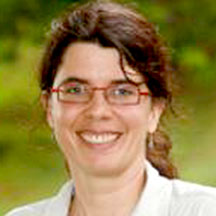
Karine Chenu
Centre for Crop Science, University of Queensland, Australia
“Using Crop Modeling in an Integrative Approach to Adapt Crops to Current and Future Climates”
Bio: Chenu is a Senior Research Fellow at the Queensland Alliance for Agriculture and Food Innovation (QAAFI) at the University of Queensland. She has expertise in ecophysiology, genetics and modeling with a focus on drought and heat adaptation. Her group is conducting research that supports crop modelling technology, plant design and breeding strategies in winter cereals. Her research mainly concerns: understanding trait physiology and genetics; developing gene-to-phenotype crop modeling; and exploring novel combinations of genotypes, environments and management practices to assist productivity improvement in changing environments. Chenu collaborates with plant breeders, geneticists, modellers and agronomists in a range of national and international research projects in both public and private sectors. She is also one of the UQ representatives on the APSIM Initiative Reference Panel, which is responsible for the on-going development of the APSIM model (www.apsim.info), which is now used worldwide.
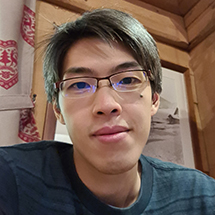
Maurice Cheung
Department of Life Sciences, Yale-NUS College, Singapore
“Integrating Crop Growth Model and Constraint-Based Metabolic Model”
Bio: Cheung is an Assistant Professor at Yale-NUS. Hee received his BA in Natural Sciences at the University of Cambridge in 2009 and did his DPhil at the University of Oxford on “Genome scale metabolic models of plant tissues” in the Department of Plant Sciences under the supervision of Lee Sweetlove and George Ratcliffe. From then on, Maurice’s work mostly involves flux balance modeling of plant metabolic systems, such as C3 and CAM plants, and plant genome-scale metabolic modelling including Arabidopsis, tomato, soybean etc. One of his current research interests is in extending the applications of constraint-based metabolic modeling in plants.
His presentation slides >>>
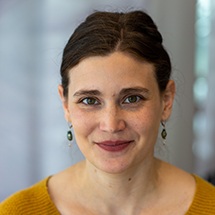
Megan Matthews
Department of Civil & Environmental Engineering, University of Illinois Urbana-Champaign
“Soybean-BioCro: A Semi-Mechanistic Model of Soybean Growth”
Bio: Matthews is an Assistant Professor at Illinois. Her work involves developing multiscale computational models to explore the impacts of a changing environment on plants and to identify engineering strategies for improving plant development and growth. Matthews earned her bachelor’s degree, master’s degree, and a doctorate in electrical engineering from North Carolina State University.

Anna Matuszyńska
Department of Quantitative and Theoretical Biology, Heinrich-Heine University Düsseldorf (Germany)
“Photosynthesis under Fluctuating Light”
Bio: Matuszyńska completed her Ph.D. in Nov 2016 defending her thesis on mathematical models of light acclimation of photosynthesis. She is currently a Junior Group Leader at Heinrich-Heine, where she works within the Cluster of Excellence on Plant Sciences. Her research interest lies in photobiology, mainly photosynthesis. Matuszyńska is developing mechanistic, computational models of plant primary and secondary metabolism with a focus on the effect of light on plant. She is using theory to simplify complex processes that are involved in capturing and transferring light energy, in a form of mathematical models.
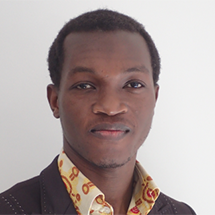
Cyrille Midinyogi
Montpellier University / French National Institute for Agriculture, Food, and Environment (INRAE)
“Crop2ML: An Open-Source, Multi-Language Modeling Framework for the Exchange and Reuse of Crop Model Components”
Bio: Midingoyi recently defended his doctoral thesis in December 2020. His research interests include CyML programming languages and simulation platforms.
His presentation slides >>>
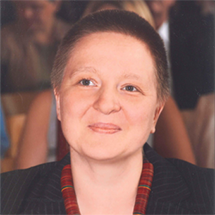
Andrea Schnepf
Jülich Institute of Bio- and Goesciences
“Functional-Structural Plant Modeling with CPlantBox – Local Processes and Emerging Patterns”
Bio: Schnepfe researches mathematical modeling, rhizosphere (soil-root interactions), root architecture, arbuscular mycorrhiza, resource acquisition efficiency, and the fate of plant protection products in the soil-root system.
Her presentation slides >>>
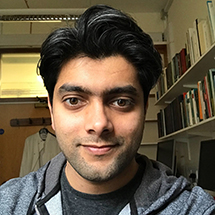
Sanu Shameer
Department of Plant Sciences, University of Oxford
“Modeling Growth by Osmotic Cell Expansion Using Flux Balance Analysis (GrOE-FBA)”
Bio: Shameer is a metabolic modeler, currently a Postdoc in Prof. Lee J. Sweetlove’s group. He has modeled plant metabolism with Sweetlove and Prof. R. George Ratcliffe for the last five years and has worked on leaf (C3, CAM and C4), root, and fleshy fruit (tomato) metabolism. He joined Sweetlove’s group immediately after completing a Ph.D. at the University of Toulouse as a Marie Curie Early Stage Researcher, where he modeled metabolism in T. brucei, the protozoan parasite responsible for African sleeping sickness, a neglected tropical disease. He holds a bachelor’s and master’s degree in Bioinformatics, and during my university days, he has delved into machine learning, modeling neural impulses, in silico drug design and some chemiinformatics.
His presentation slides >>>

Qingfeng Song
Center for Excellence in Molecular Plant Biology, Chinese Academy of Sciences (Shanghai)
“Dissecting the Contributions of Plant Architecture, Chlorophyll Content, and Leaf Photosynthetic Capacity to Canopy Photosynthesis with a New Plant Phenotyping Platform”
Bio: Song, a Research Associate at the Chinese Academy of Sciences, worked on photosynthetic modeling and phenotyping platform development. He studied the canopy photosynthesis of major crops, including rice, soybean, maize and tobacco using modelling approaches to identify canopy architectural and environmental factors contributing to crop canopy photosynthesis. He developed the canopy photosynthesis and transpiration system (CAPTS), which can be used to continuously measure canopy gas exchange in field. With CAPTS system, he analyzed the light use efficiency and light energy conversion coefficient for field-grown wheat. He has a Ph.D. in Computational Biology from the Chinese Academy of Sciences.
INTERACTIVE POSTERS/PRESENTERS
Xinyu Fu — “Modeling Photorespiration Using Isotopically Nonstationary Metabolic Flux Analysis”
Paige Henning — “Transcriptome and Network Analyses of Heterostyly in Turnera subulata Provide Mechanistic Insights: Are S-Loci a Red-Light for Pistil Elongation?”
Wang Zhou — “Integrating Process-Based Model, Leaf Architecture Measurements, and Whole Genome Prediction for Sorghum Breeding”
Matthew Turk — “Node-Based Approaches to Plant Modeling”
Harini Rangarajan — “Multi-Objective Optimization of Root Phenotypes Using Evolutionary Algorithms”
Ivan Lopez-Valdivia — “Testing Local Adaptation Of Maize Root Traits in silico using OpenSimRoot”
Scott Chapman — “Characterizing National Variety Trials with Satellites, UAVs, IoTs, Models and ML”
John Gottula — “New Compound Discovery: Translating Lab Assays to Field Outcomes”
Jonathan Ojeda — “BestiaPop: A Python Package to Automatically Generate and Visualize Gridded Climate Data for Crop Model Applications”
Ana Cristina Zepeda Cabrera — “Modeling the Sugar Pool in Response to Temperature and Light Fluctuations”
Marvin van Aalst — “Optimality Principles in Leaf Venation Patterns”
Ernst Schafer —”Optimizing Root System Architecture using Emulator Approaches”
One-minute poster preview videos >>>
MEETING ORGANIZERS
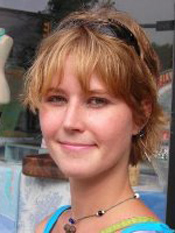
Meagan Lang
Postdoctoral Research Associate in the National Center for Supercomputing Applications at the University of Illinois

Steve Long
Departments of Plant Biology and Crop Sciences, University of Illinois at Urbana-Champaign
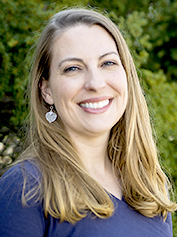
Traci Quigg Thomas
Institute for Sustainability, Energy, and Environment, University of Illinois at Urbana-Champaign
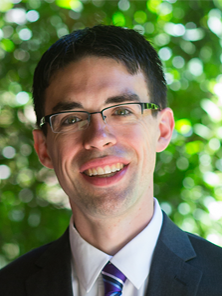
Matt Turk
School of Information Sciences and Department of Astronomy, University of Illinois at Urbana-Champaign
